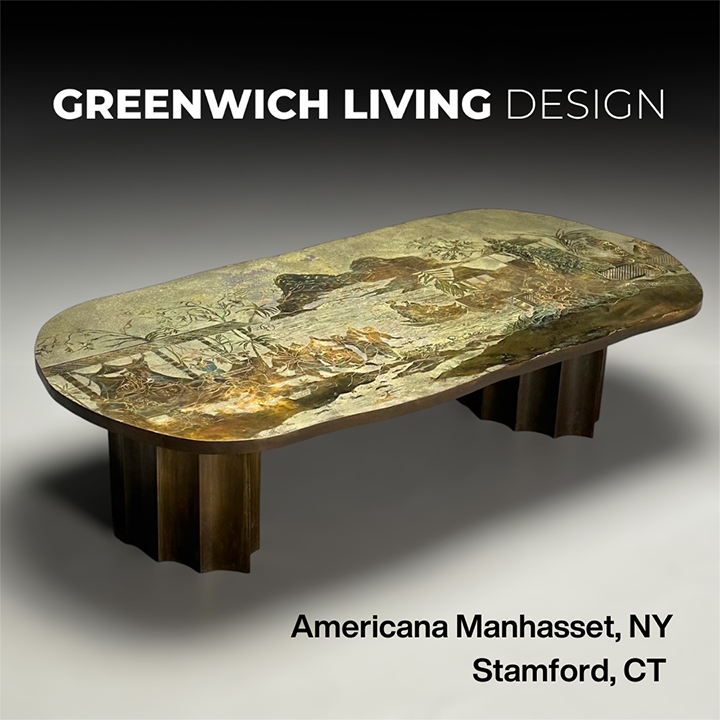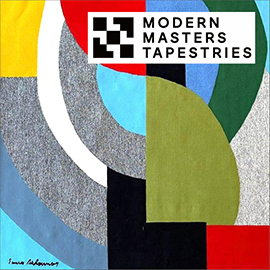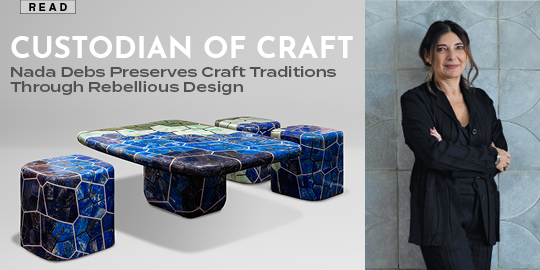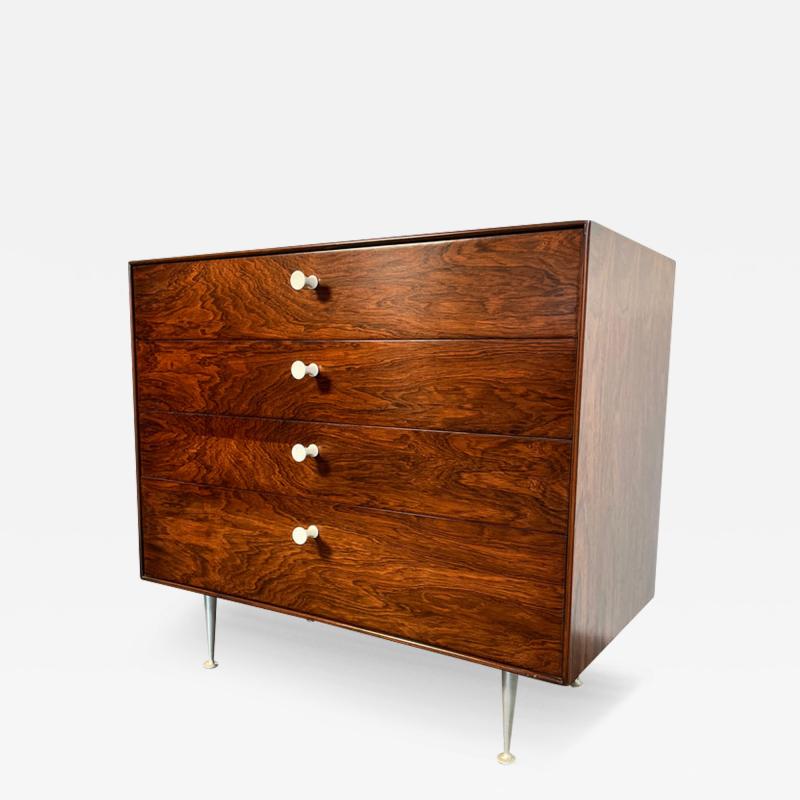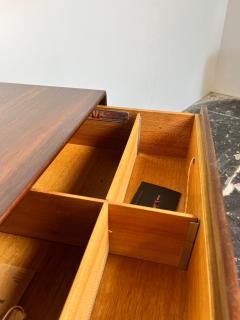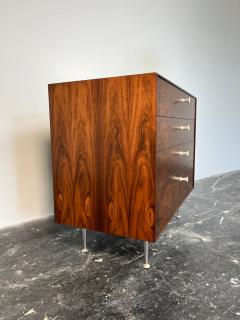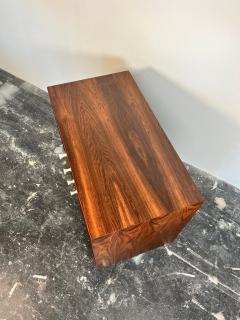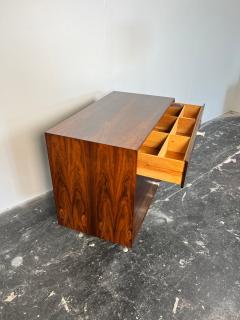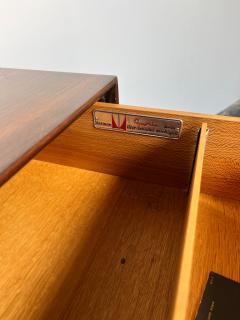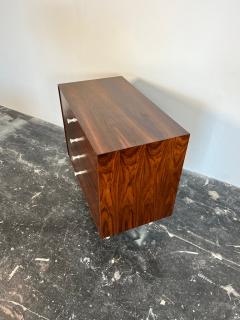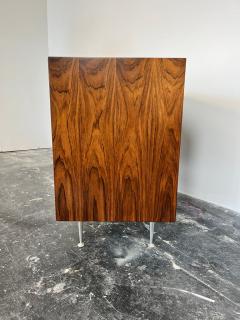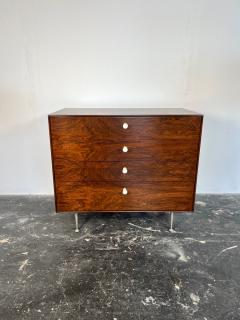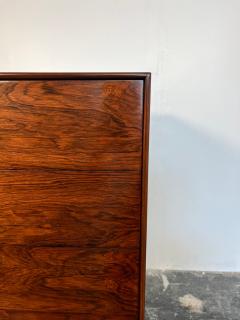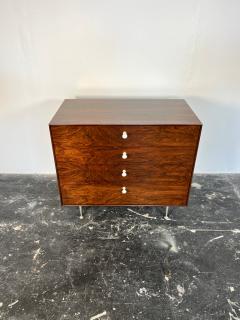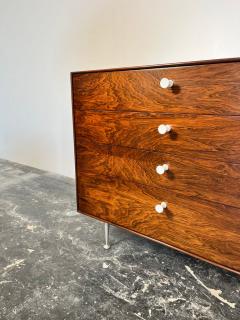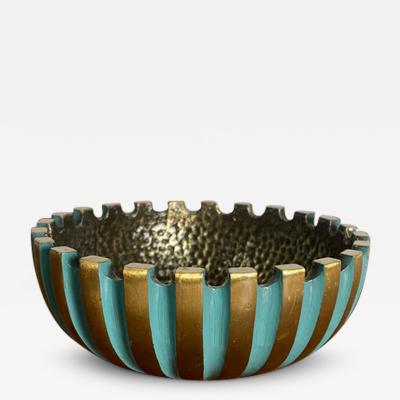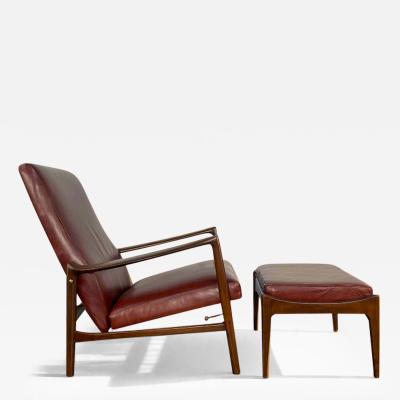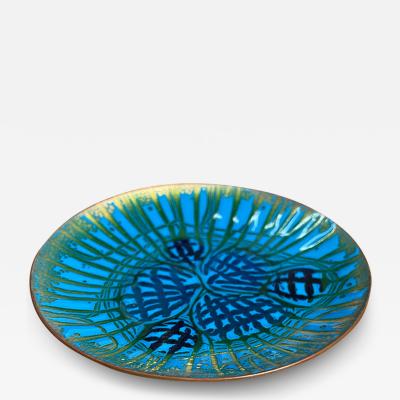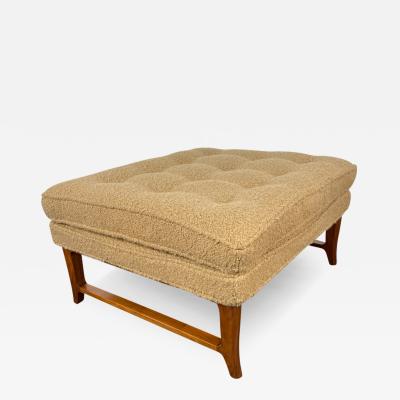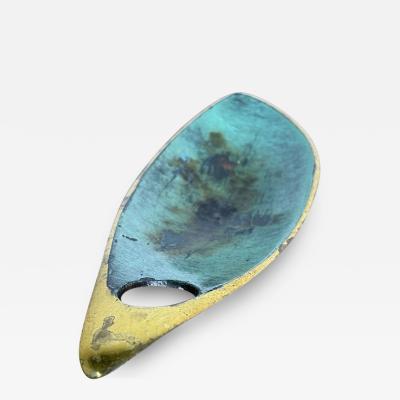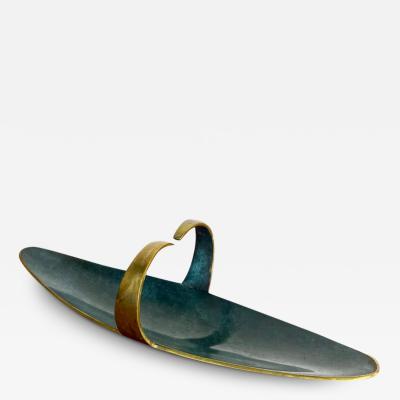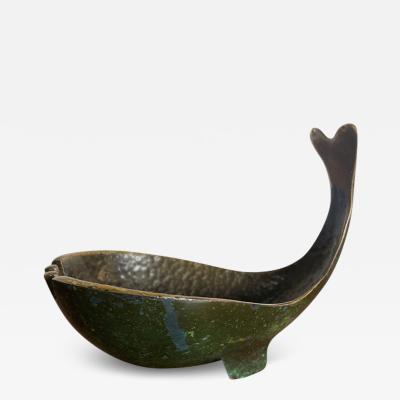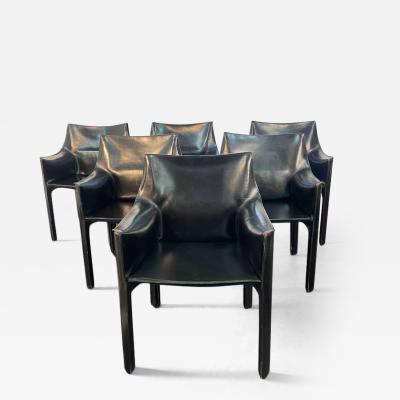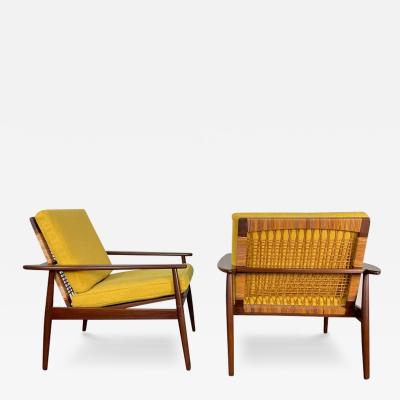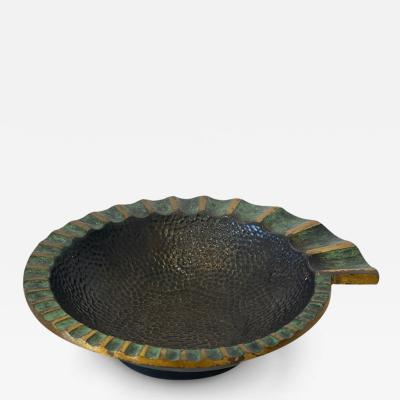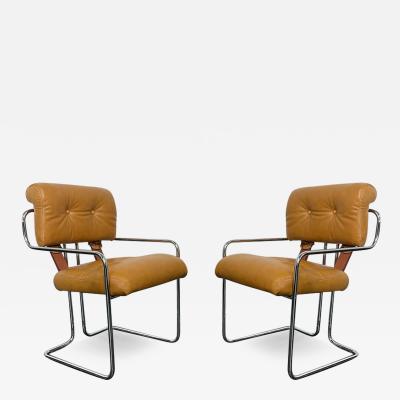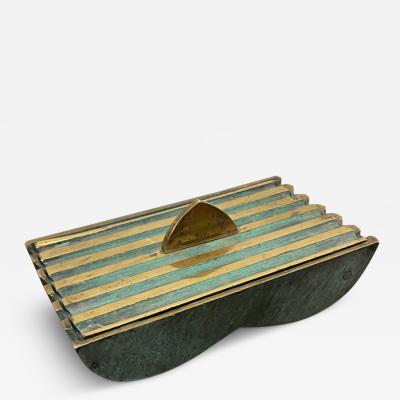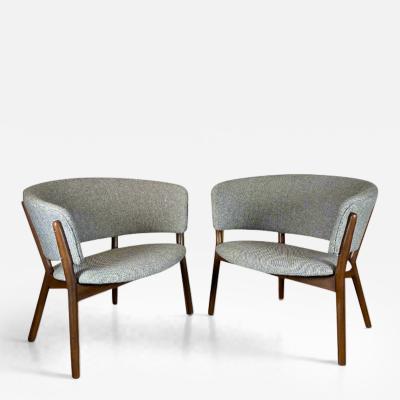George Nelson Rosewood Thin Edge 4 drawer Dresser by Herman Miller #2
-
Description
A rosewood thin edge chest designed by George Nelson for Herman Miller with exquisite rosewood grain and early original white porcelain handles.
The George Nelson Rosewood Thin Edge 4-drawer Dresser, crafted by Herman Miller, epitomizes the timeless elegance and functional sophistication synonymous with mid-century modern design. This dresser stands as an iconic piece within the George Nelson collection, renowned for its clean lines, minimalist aesthetic, and impeccable craftsmanship. This particular example boasts exquisite rosewood grain and early original white porcelain handles.
Constructed from rich rosewood veneer, the dresser boasts a warm, organic hue that exudes luxury and refinement. Its slender profile and thin edges create an illusion of lightness, enhancing the overall sense of modernity and grace. The four spacious drawers feature seamless integration of hardware, maintaining the dresser's sleek appearance while providing ample storage space for clothing, linens, or personal belongings.
Each detail of the George Nelson Rosewood Thin Edge dresser reflects an unwavering commitment to both form and function. Its timeless design transcends trends, making it a versatile addition to any interior decor scheme, from contemporary to classic. Whether used in a bedroom, living area, or office space, this dresser elevates the ambiance with its understated elegance and unparalleled craftsmanship, showcasing the enduring legacy of George Nelson's visionary design ethos.
Has been completely restored. *Note Price is for each dresser*
See its sister Rosewood Thin Edge 4 Drawer Dresser
Dimensions: 33.75 L x 18.5 D x 30.5 H
About the Designer:
George Nelson: The Man Behind American Modernism
Not everyone thinks of George Nelson when they think “Modernism”—but they should. Here’s why:
Looking at the outset of George Nelson’s career, few would have guessed that his legacy would crown him as one of the most influential individuals in Modernism—story has it that the young Ivy Leaguer stumbled into the Yale School of Architecture seeking shelter from the rain, and only then did he consider studying design. His legacy, though, would be one that touched nearly every corner of American Modernism as we think of it today.
As an architect, author, furniture designer, graphic designer, exhibition designer, teacher, amateur photographer, and general provocateur, George Nelson shaped the course of design in America for over four decades.
After completing his two Bachelor’s degrees (one in architecture, the other in fine arts), Nelson went on to accept a traveling fellowship in Rome, which interfaced him with figures like Ludwig Mies Van Der Rohe, Walter Gropius, Le Corbusier, and Gio Ponti all of which he interviewed for Pencil Point, bringing the European vanguard to the attention of the magazine’s American readership.
At this point in his career, Nelson had devoted himself to writing, joining Architectural Forum as its first associate editor in 1935. For nearly a decade, Nelson’s post as an editor brought him face-to-face with many of the leaders of the Modernism movement in the U.S., and through these exchanges, his own stance in the design world began to solidify. For Nelson, the purpose of design was to improve the world in accordance with the laws of nature—and while he hadn’t yet done much designing himself, he was busy teasing out the theoretical details of architecture. In 1940, Nelson co-authored Tomorrow’s House with Henry Wright, and the book went on to be a great commercial success, introducing concepts like the “family room,” and more broadly assuming a solutions-based perspective for architectural design.
It wasn’t long before the book earned him the favorable attention of D.J. Depree, the chairman of Herman Miller the American furniture manufacture. Despite Nelson’s inexperience in furniture design, Depree saw potential in the writer’s approach to the industry: solutions-oriented design with a practical lean. Nelson became the company’s Director of Design in 1947, under the condition that he be allowed to continue his work outside of the company.
From 1947 to 1972, Nelson oversaw the design department at Herman Miller, bringing in the icons that would shape some of the most memorable pieces of mid-century design, from such people as Ray and Charles Eames and Harry Bertoia to Richard Schultz, Donald Knorr, and Isamu Noguchi.
Beginning in the mid-1950s, Nelson’s own design firm began its work in earnest, producing furniture and pioneering a ubiquitous incorporation of design, bringing that same consideration for pragmatism and aesthetics to advertising and marketing materials, image management, and graphic programs. His own firm incorporated in 1955, tapping many of the same designers from the Herman Miller roster for collaborations under George Nelson Associates, Inc.
It was during this period of Nelson’s life and career that many of his most iconic designs came onto the scene—many will be instantly familiar furniture silhouettes that perhaps you didn’t know sprung from George Nelson himself. -
More Information
Documentation: Signed Period: 1950-1979 Styles / Movements: Modern, Mid Century Incollect Reference #: 719498 -
Dimensions
W. 33.75 in; H. 30.5 in; D. 18.5 in; W. 85.73 cm; H. 77.47 cm; D. 46.99 cm;
Message from Seller:
FURNITURE SHOULD BE FUNCTIONAL ART, YOUR HOME SHOULD BE THE PERFECT RETREAT. Hobbs Modern is the premier mid century modern furniture dealer in San Diego, CA. We hand-select and curate each piece of our inventory which represents the iconic and exemplary Danish, American, and Brazilian vintage modern design with a relentless pursuit of restoration perfection and historical accuracy. Our passion is to breathe new life into vintage pieces. We ship nationwide.




